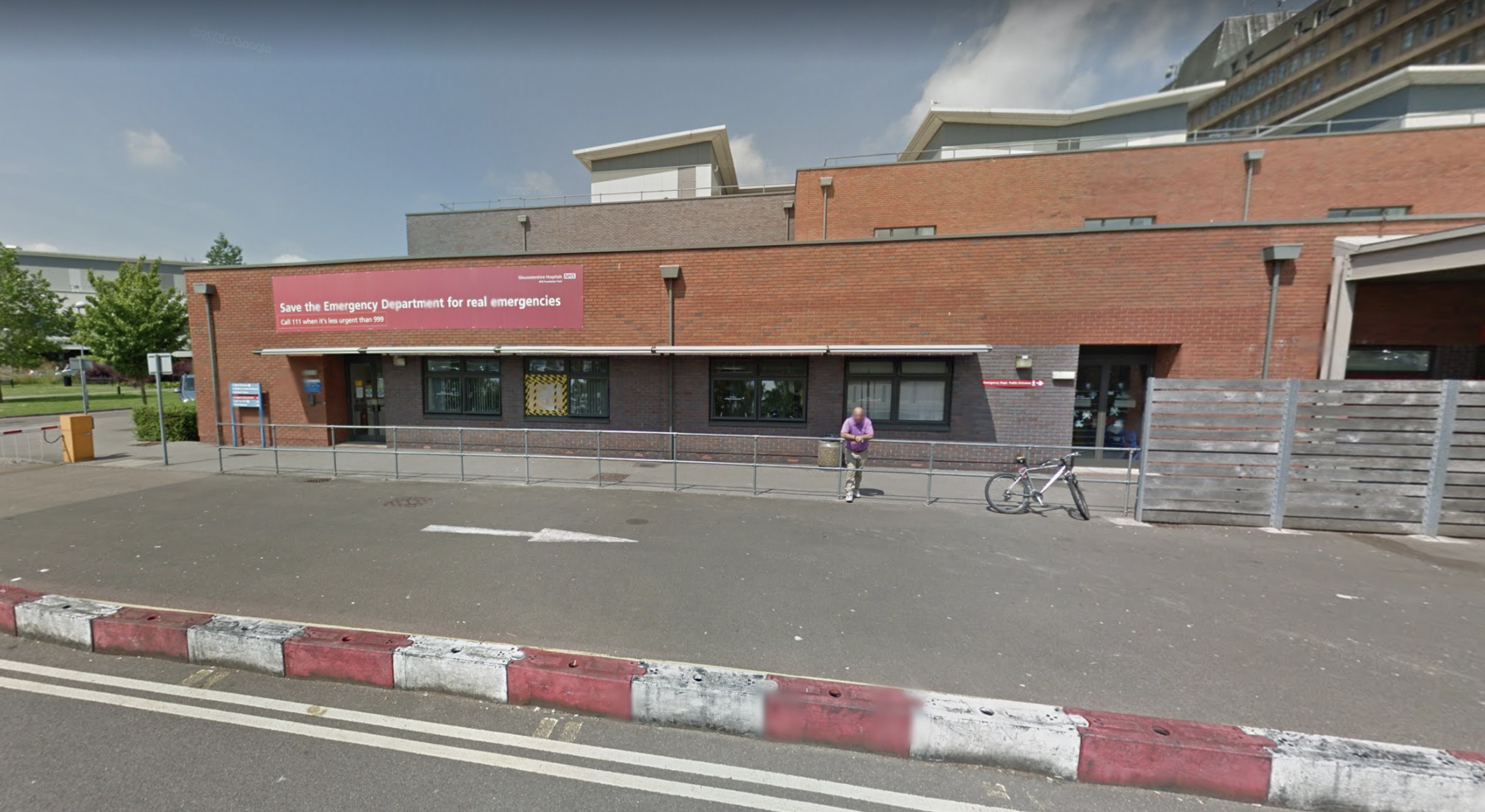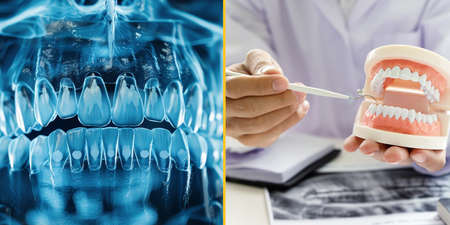The patient “slipped and fell” on the artillery shell
Doctors have a lot on their plate. Between their usual rounds, the looming threat Covid and keeping up to date with medical advancements, they also have to deal with a concerning amount of people getting random rubbish stuck up their bum.
A bomb squad was called to an A&E after a patient arrived with an artillery shell wedged up his southern pole.
Medics feared that the anti-tank shell would explode and so were forced to call army explosives experts who you bet were rolling their eyes and thinking ‘another one?’.
Living on the edge?👀
BUM SQUAD – Bomb squad race to A&E after patient arrives with WW2 artillery shell stuck up his bottomhttps://t.co/FTMUv11d2k pic.twitter.com/GFYeXccOC6
— Klaas Meijer (@klaasm67) December 3, 2021
The unnamed patient told the hospital that he “slipped and fell” on the 17x6cm projectile that was part of his own military collector’s items.
The armour piercing round was later identified as a World War Two 57mm shell that was usually fired from anti-tank guns.
“The guy said he found the shell when he was having a clear out of his stuff,” a source told The Sun.
“He said he put it on the floor then he slipped and fell on it — and it went up his a**e.
“He was in a considerable amount of pain. I think he collected military memorabilia.”
Police said they responded to “a report that a patient had presented with a munition in his rectum”.
A spokesman continued: “The item had been removed prior to police arrival and the Army’s Explosive Ordnance Disposal team were contacted.”

Troops from 11 Explosive Ordnance Disposal Regiment rushed to Gloucestershire Royal Hospital, in Gloucester.
A defence source said: “It was a solid shot round. It was a chunky, pointed lump of lead designed to rip through a tank’s armour.
“It was basically an inert lump of metal, so there was no risk to life — at least not to anyone else’s.”
A hospital spokesman said: “As with any incident involving munitions, the relevant safety protocols were followed to ensure there was no risk to patients, staff or visitors at any time.”
The patient is to make a full recovery but is probably feeling a bit sore.
Read more:
- Most Omicron cases’ mild’ and no evidence vaccines may be less effective – WHO official
- Omicron symptoms: What you should be looking out for
- UK now has 22 Omicron cases, as PM confirms 8 new infections










































